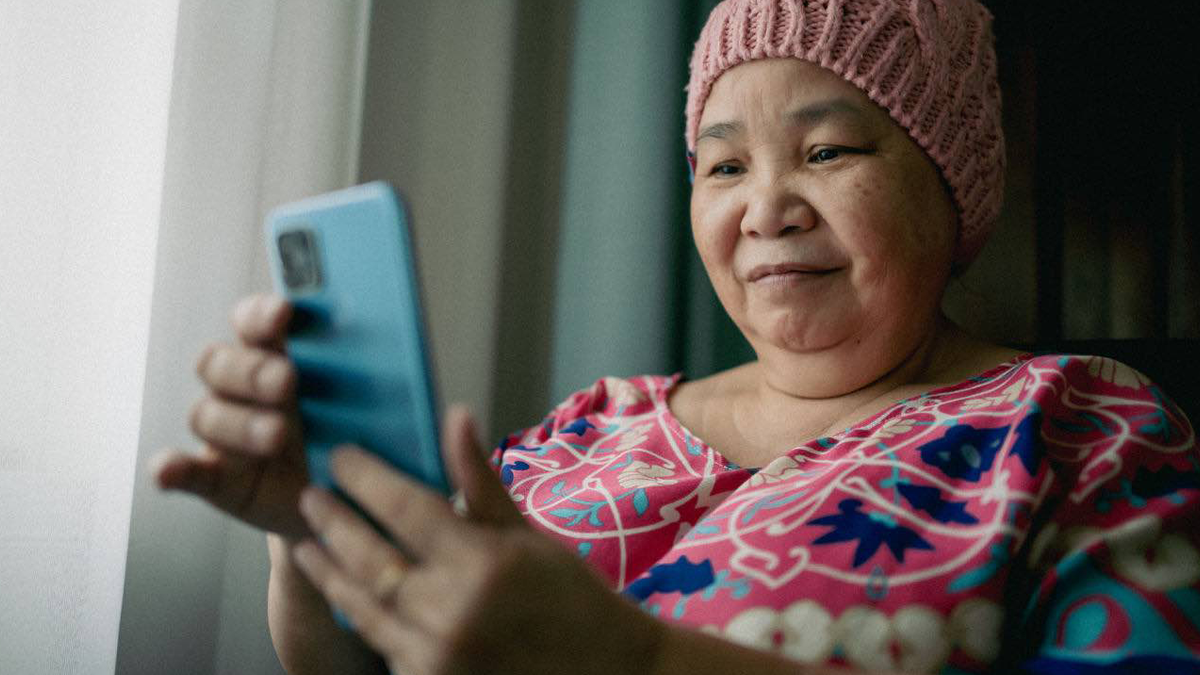Key to Clinical Trial Success
It is no surprise that patient recruitment and retention continue to be a leading cause of study delays and trial failures. It’s not because patients don’t want to participate, but because traditional clinical trials make it difficult to.
- 85% of clinical trials fail to recruit enough patients, and 80% are delayed due to recruitment problems1.
- The average drop-out rate for clinical trials hovers around 30%2.
The COVID pandemic has been a catalyst of change, with the industry adoption of digital solutions that enable remote clinical trials while still preserving data quality and regulatory compliance. Remote patient engagement technology comes in many forms, from simple telehealth calls to wearable sensors that transmit participants’ data on a near-constant basis.
Clinical trial sites now increasingly embrace remote patient engagement technology:
- 94% of research sites3 offer telemedicine visits
- 93% use electronic patient diaries and
- 92% use electronic informed consent documents
Sponsors are also increasingly looking to incorporate remote solutions in their studies. Prior to the pandemic in December 2019, an industry survey found that 38 percent of life sciences companies and Contract Research Organizations (CROs) planned to use some aspect of virtualization in their trials. That number jumped to 100 percent a year later4.
When digital technologies are introduced, clinical trial access for patients drastically increases, leading to better enrollment numbers, larger data sets, and greater patient diversity. Patient engagement technology plays a critical role in patient-centric clinical trials to make trials more convenient for patients.
Roughly 85% of the American population own a smartphone5. Smartphones, computers, and WiFi have transformed how patients approach healthcare and enable study participation, despite income, site proximity, transportation, or work/life circumstances. Even in cases where participants do not own smart devices, smartphones can be provisioned, which ultimately increases accessibility and community inclusion.

Technology solutions like online diaries, telemedicine calls, clinical assessments, sensors, and wearables can help participants join trials and compliantly participate without going to the site for every visit. The best eSource tools help patients stay on track by providing notifications with information in the form of simple “to-do” lists with reminders for visits and scheduled events, as well as visit descriptions, fast facts, study goals, and objectives.
Additionally, remote patient monitoring can help maintain regimen adherence with frequent contact via text reminders and phone calls, which are often automated. Digital automation in a clinical trial reduces the logistical burden on site staff while benefiting trial participants. In cases where participants are required to perform a task with their device, the study team can send digital reminders to improve adherence and reduce incomplete or missing data.
Patient engagement technology can also keep participants informed in a language they’re comfortable with. Software that automatically translates at-home care instructions into multiple languages allows the patient to receive accurate health and study information.
Ultimately, the potential value for all stakeholders is high. Patients will find it easier to participate in studies, and they will likely learn more about their own health. Clinical trial sites will see reduced workloads and faster patient recruitment, in addition to providing patients with a positive experience. Sponsors will be able to take advantage of a much larger patient pool, plus see better patient retention rates – all of which should lead to faster product launches and market advantage over the competition.
Remote Clinical Trial Solutions in Action
How can you know that conducting a remote clinical trial via an electronic Patient Reported Outcome (ePRO) technology improves patient engagement and reduces patient burden? The proof is in customer success stories.
A global Sponsor conducting a four-study neurology program needed to find a tool that would provide 10 different ePRO assessments that patients could only complete from home. For this Sponsor, Clinical ink’s purpose-built ePRO technology ensured the trial reduced patient burden when collecting data at home by incorporating customizable alerts.
During eight at-home patient visits per study schedule, the studies achieved a total 12,330 completed ePRO scales. Clinical ink ePRO technology provided reminders for important, home- based tasks throughout the entire course. A Bring Your Own Device (BYOD) approach afforded patients the comfort and convenience of completing diaries and questionnaires with a device that fit into their daily life. Ultimately, the set up ensured the conveniences needed for patients to remain engaged in the trial, sites maintained comprehensive participant oversight, and the sponsor realized high-quality, real-time data to enable insight-based decisions.
Read more in Clinical ink’s case study on “How a Remote ePRO Solution Helped Reduce Patient Burden.”

Author
Nina Pruitt
Vice President, Global Strategic Marketing,
Clinical ink
Sources:
BioPharm Dive, 29 Jan 2019
Clinical Leader
- Insights from 4 June 2021: Ship-To-Home Clinical Supplies Top List of Innovations Adopted During Pandemic
WCG Clinical
McKinsey, 10 June 2021
Pew Research Center, 7 April 2021
